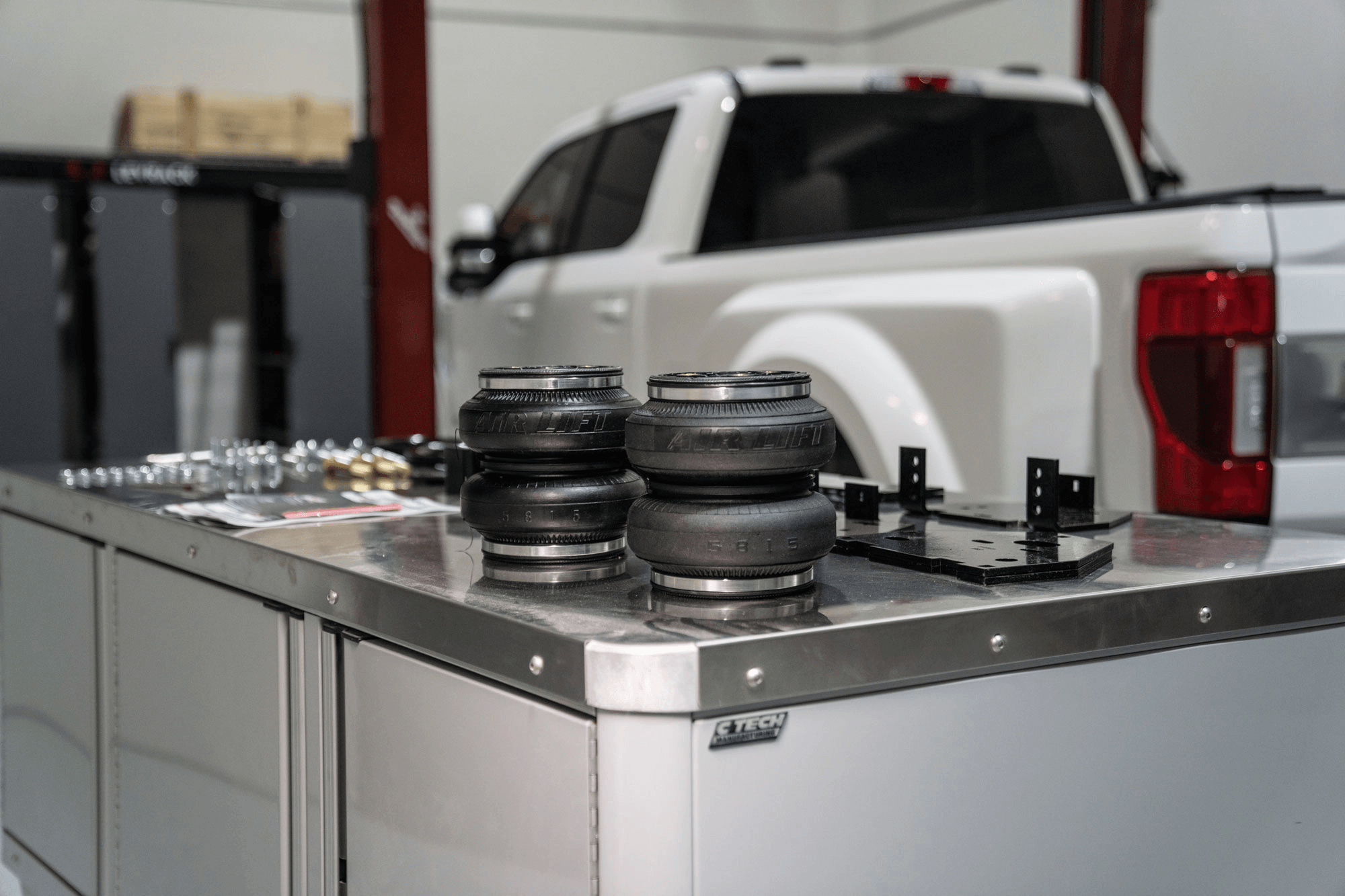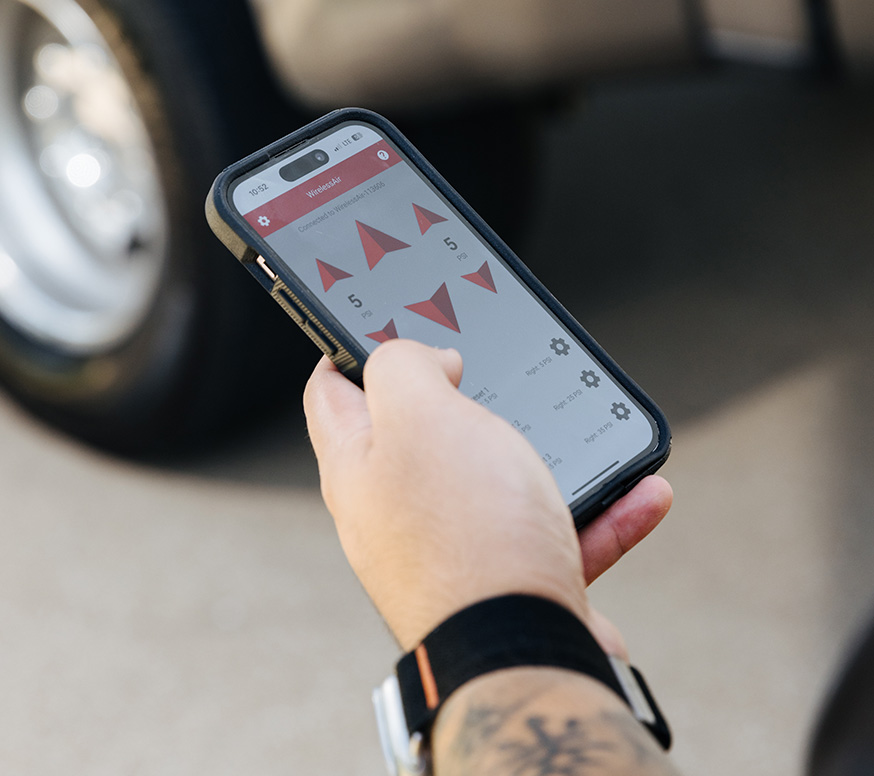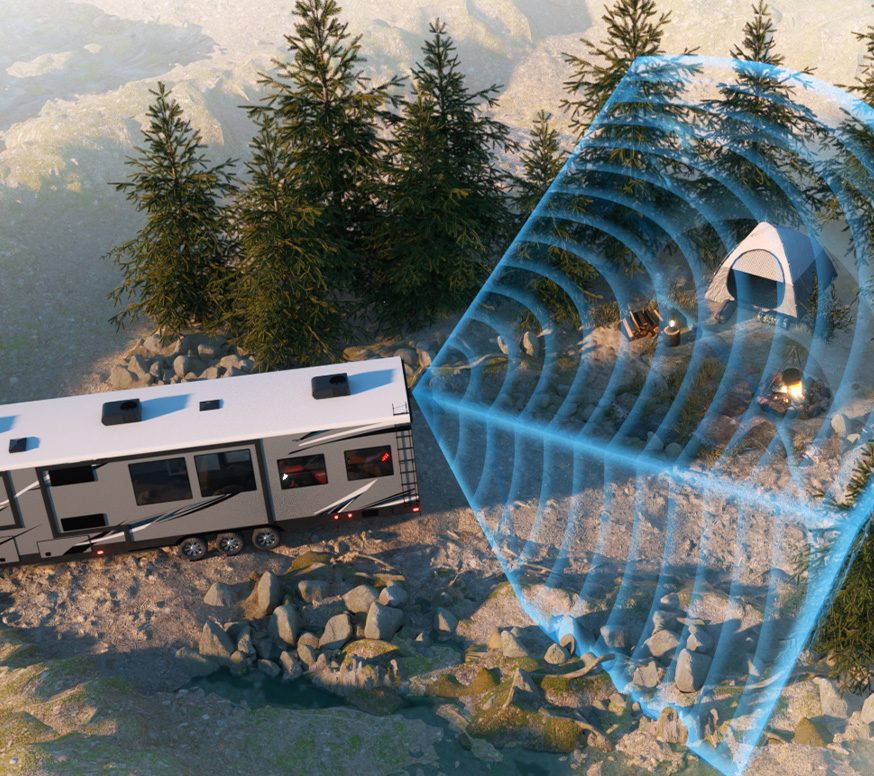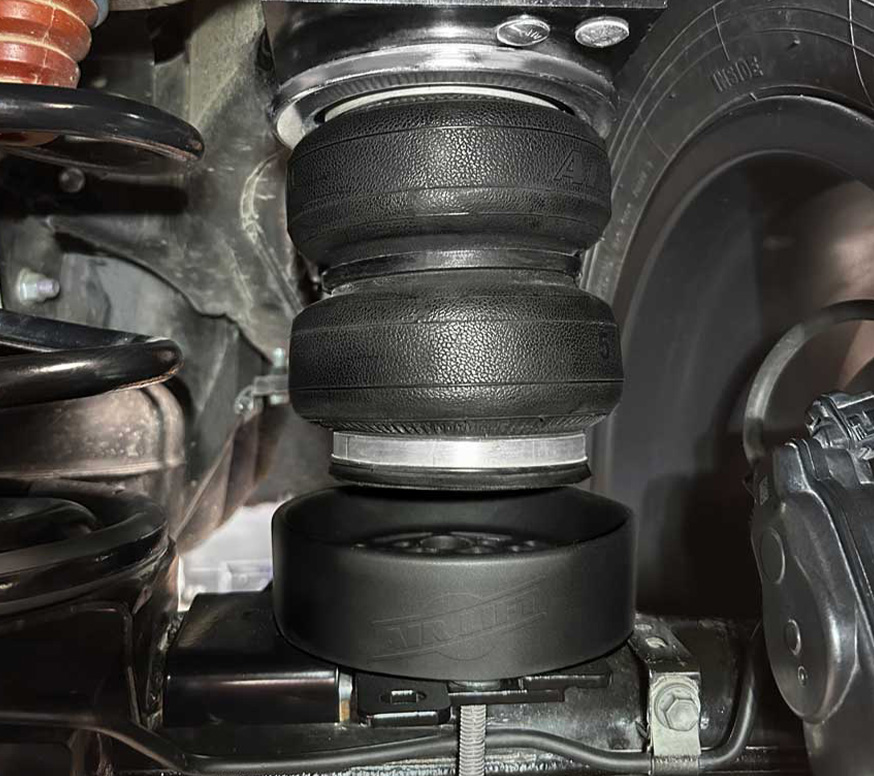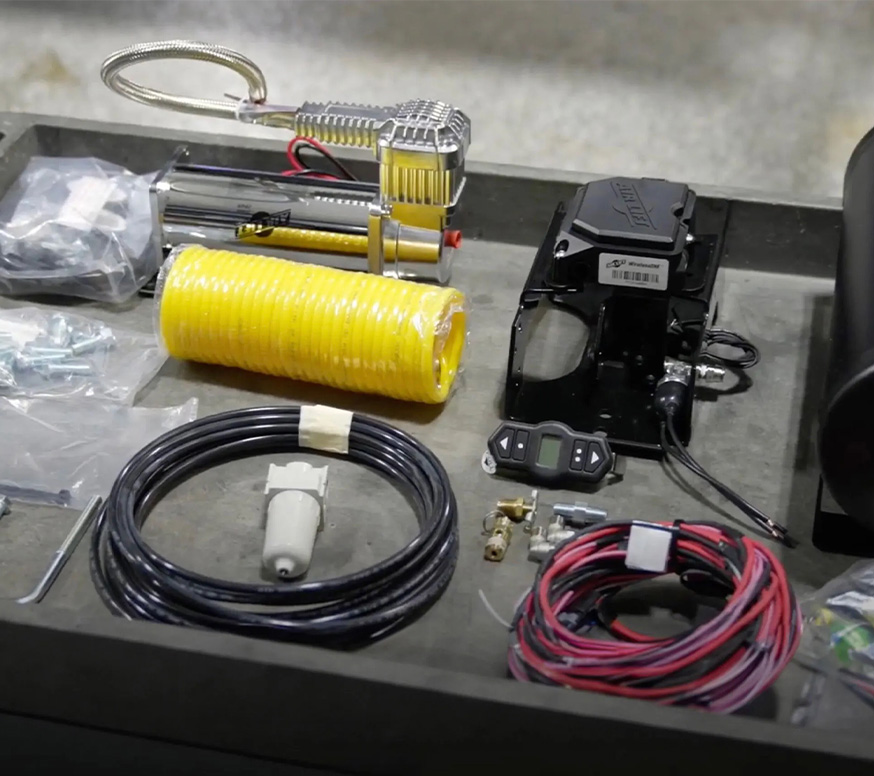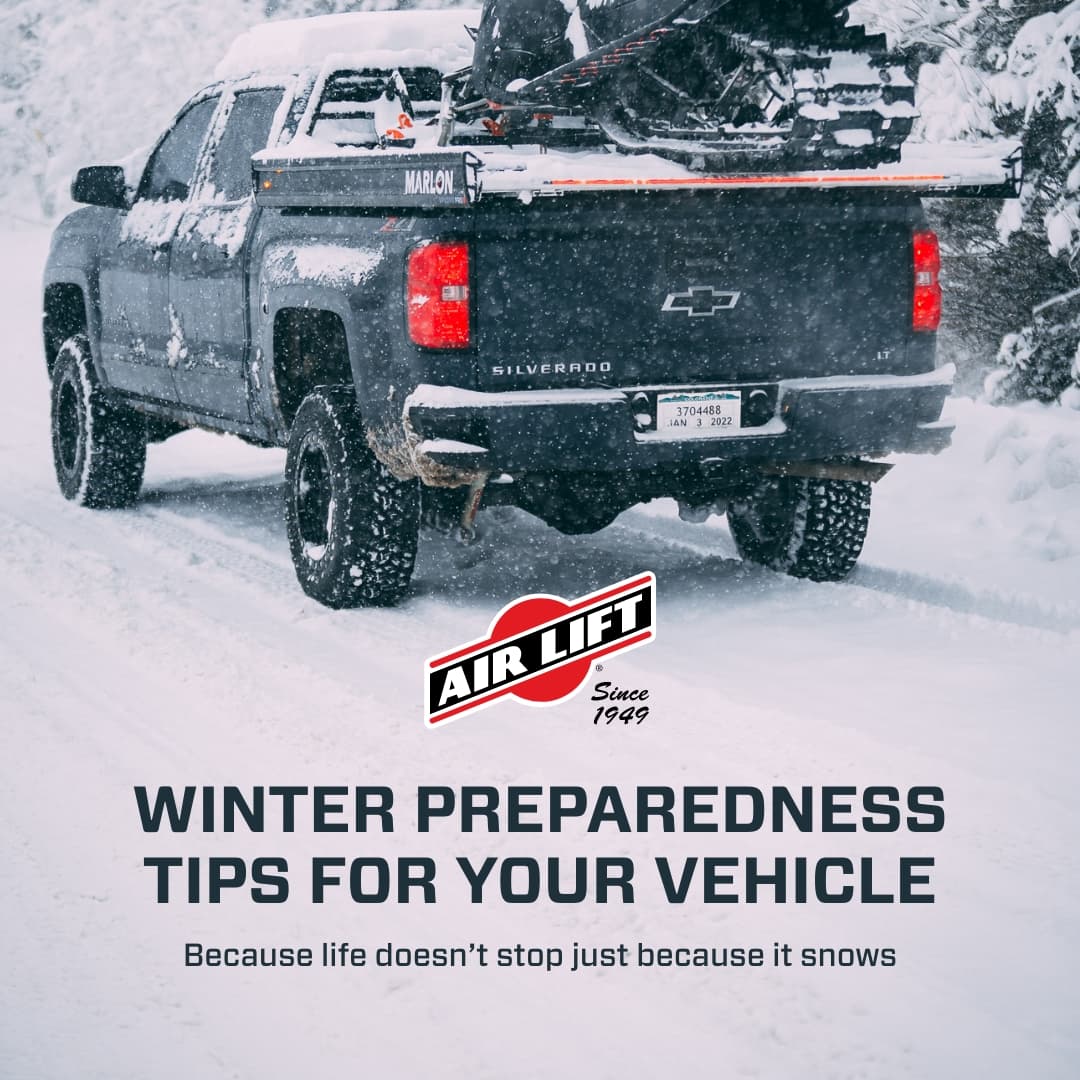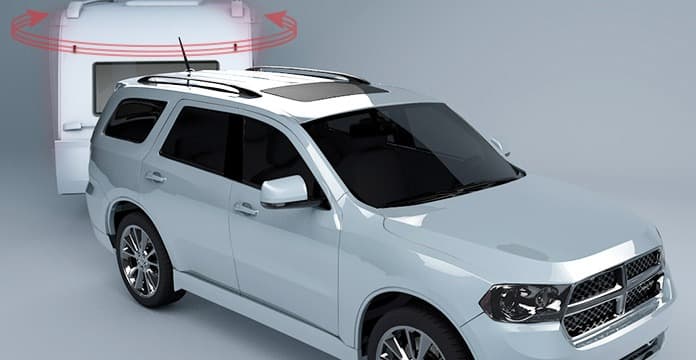
How To Avoid Trailer Sway
12/10/2013
If you tow, your worst fear is probably getting into an accident. You know the ones – maybe you’ve seen one in person, or shared on social media.
You watch the trailer start to fish-tail, seemingly out of nowhere, and the heavy trailer, camper, or watercraft becomes increasingly unruly and eventually overturns, causing the vehicle and it’s occupants to overturn as well.
These types of motor vehicle accidents occur with some degree of regularity. So what causes them, and how do we prevent them?
These catastrophes are the result of a small glitch – a seemingly insignificant sway – which, when over-corrected or ignored, can trigger a chain reaction that may lead to a major motor vehicle crash.
These types of crashes can be avoided by equipping your vehicle with components necessary to obtain a level, rolling application.
There are three primary reactions to towing applications that trigger these horrendous crashes:
#1) Excessive trailer or camper tongue weight, which leads to a squatting rear bumper and trailer tongue.
This is possibly the most common cause of trailer sway. While you should never exceed vehicle manufacturer’s specifications regarding trailer tongue weight, it is a common occurrence. This condition is easily detected: the rear bumper of the vehicle is much closer to the ground than the front bumper due to the added weight of the heavy trailer, camper, or water craft. This condition is called squat or sag and can lead to excessive sway, especially at highway speeds.
Many hold the common misconception that the heavier weight will only serve to increase stability and traction. This could not be farther from the truth.
The added weight of the trailer, camper, or water craft, combined with the sagging rear end of the vehicle can actually result in a loss of traction and a swaying, out-of-control trailer. As the vehicle encounters inconsistencies in the highway, (not excessive, but normal hills and curves) and the concerted weight placed on the rear of the vehicle is partially transferred from the trailer to the truck and back, an up and down motion is experienced between the truck and trailer. This motion is realized at the tongue of the trailer and can result in a lack of traction at the rear wheels.
